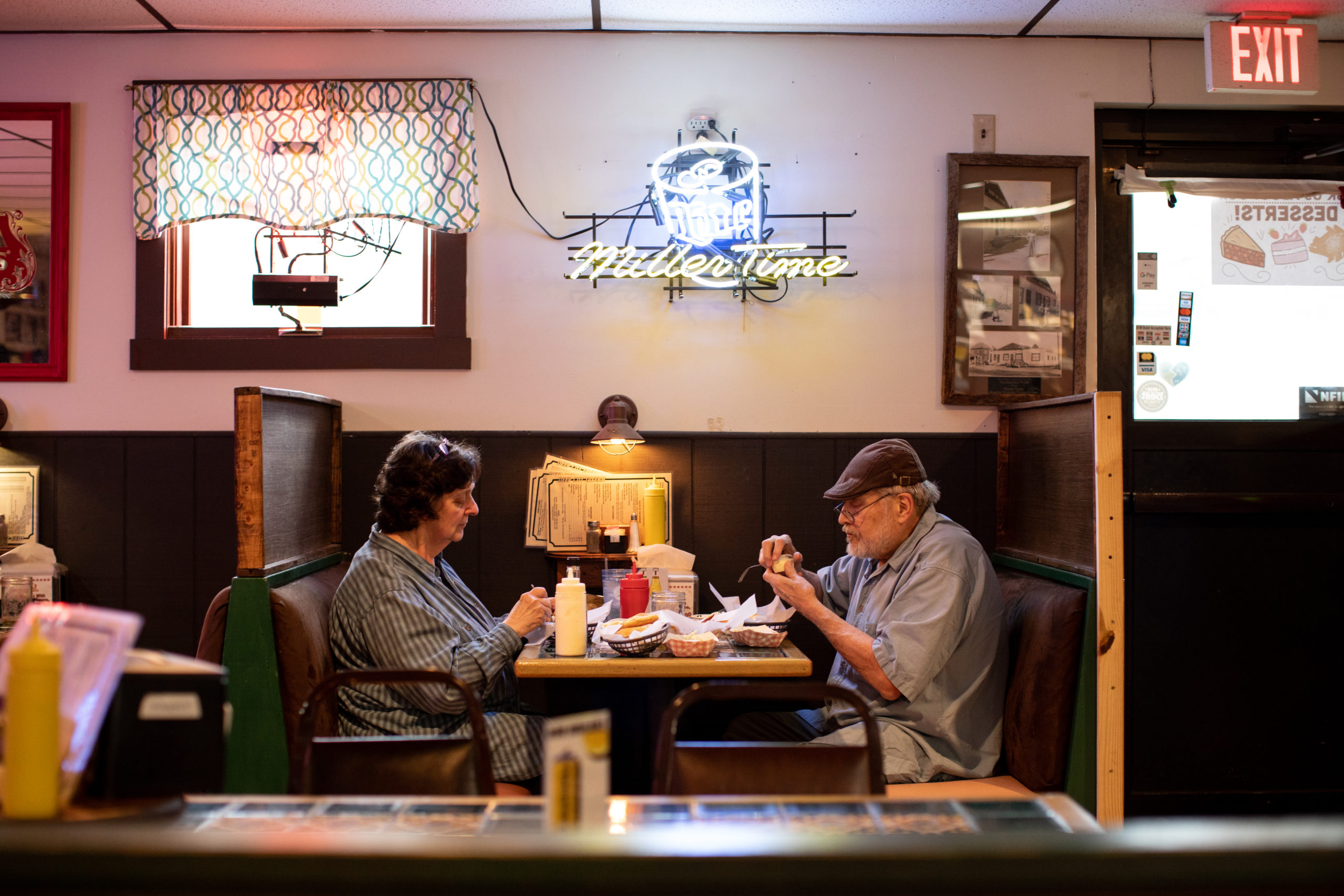
Friends, family and, of course, deep-fried hamburgers are what keep Deep-Cut Tavern regulars coming back for more. The signature dish is made from fresh, local hamburger meat that is crusted with a secret spice and breading blend. It is then deep fried and perfectly dressed in locally grown tomatoes and finished with lettuce, onion, cheese and a fluffy bun. People from all over Ohio flock to Guernsey County to catch a bite of this flavorful creation.
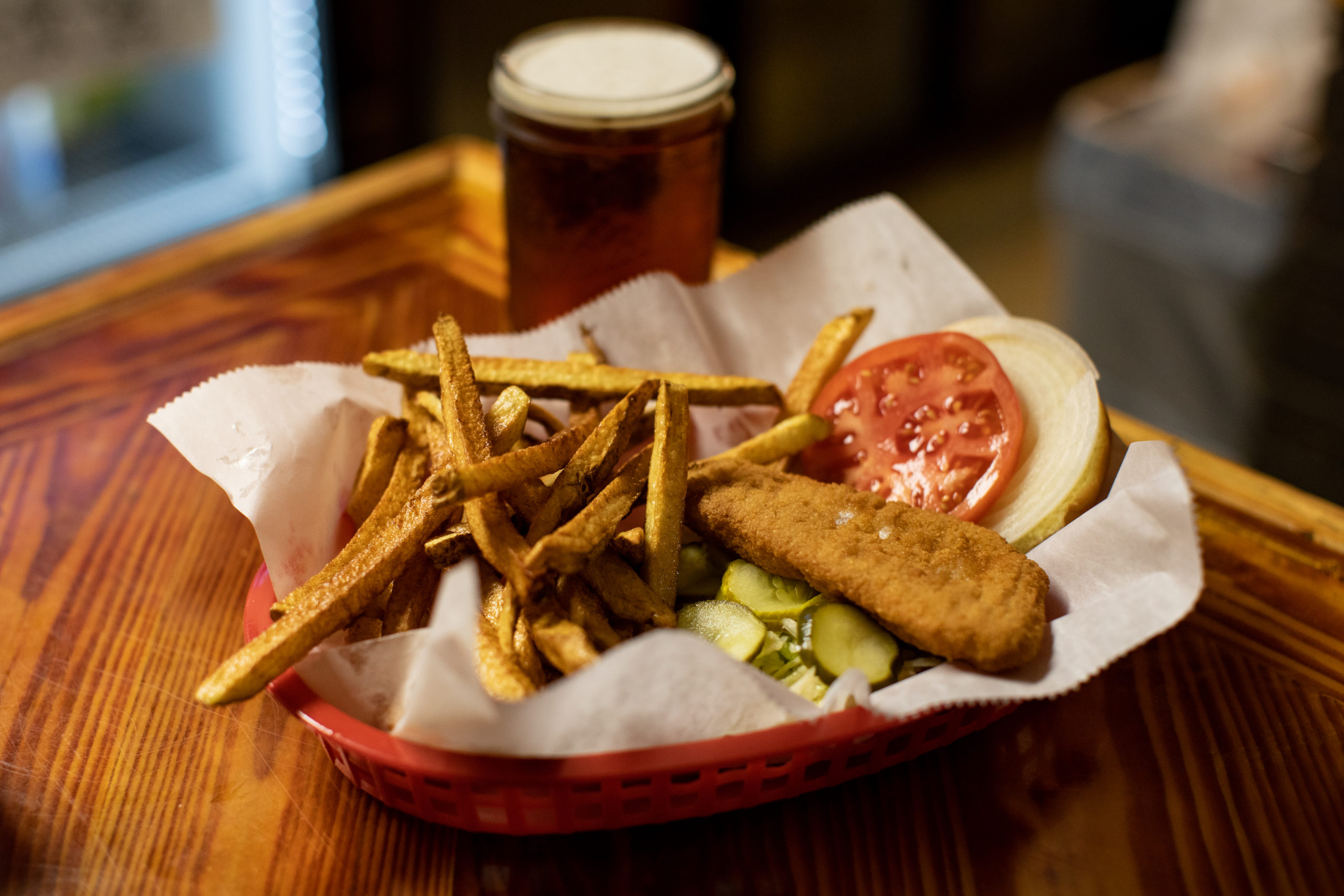
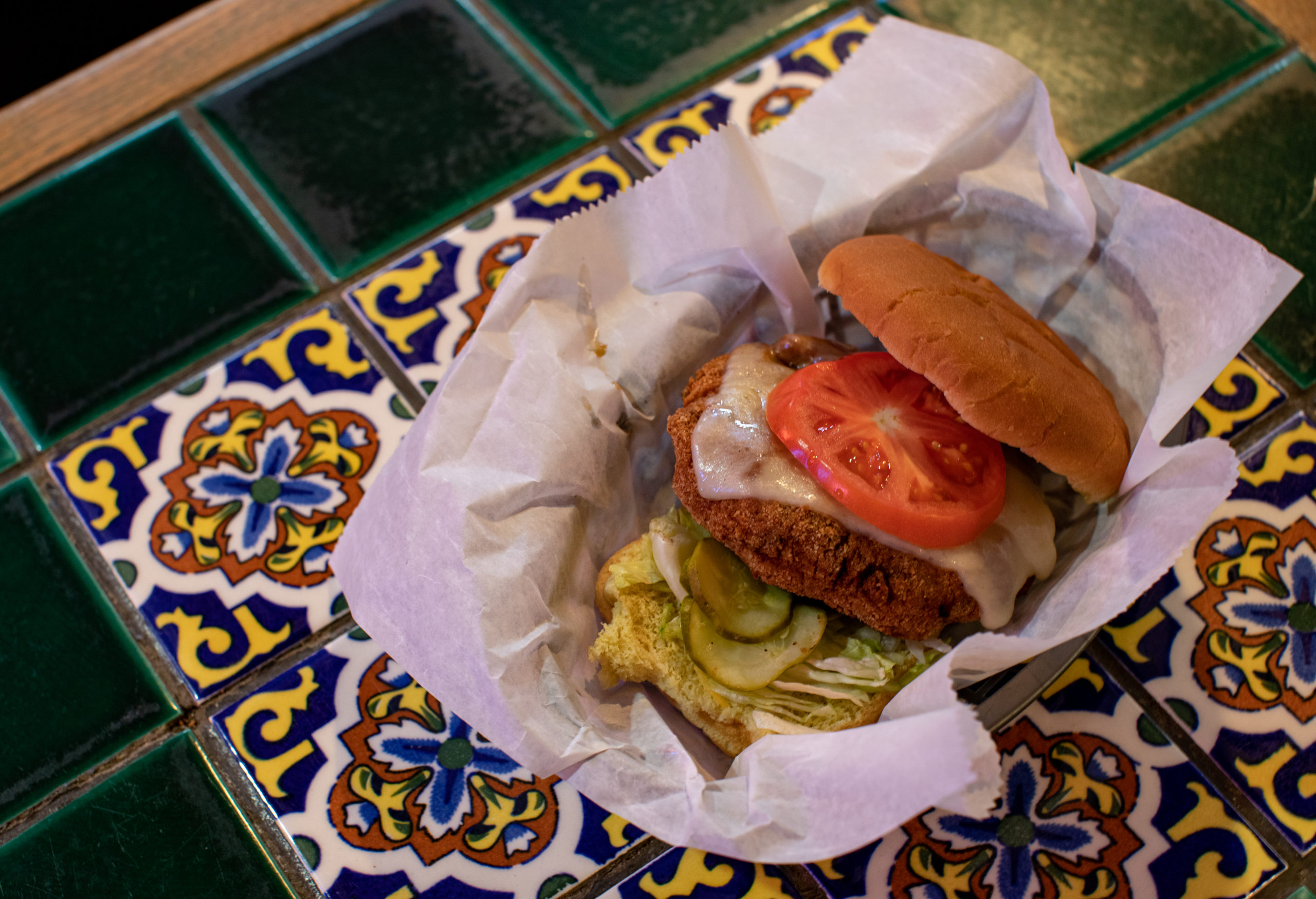
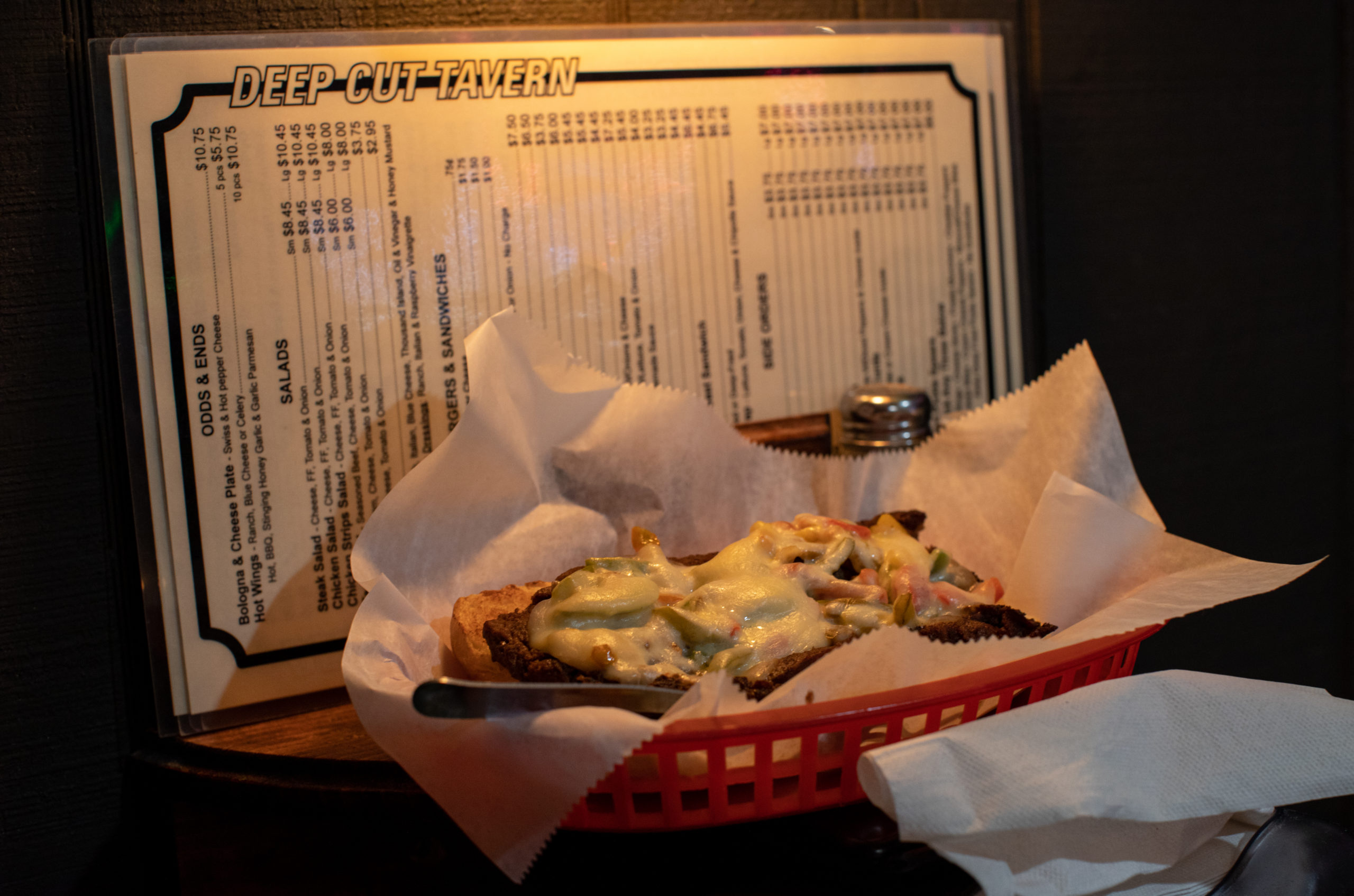
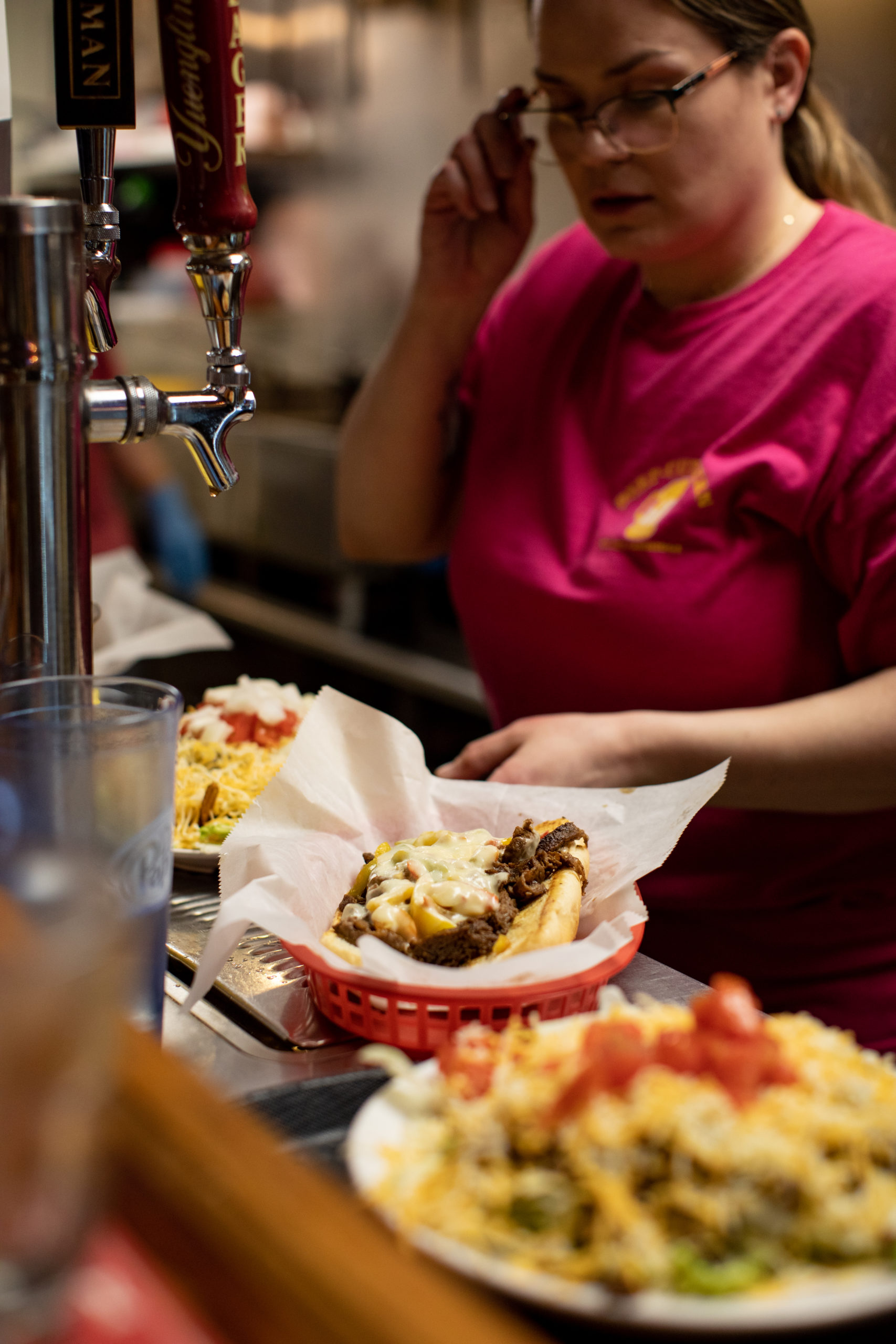
The tiny yellow tavern is located on East Pike Road, which cuts between mountains on either side, earning its name “Deep-Cut Tavern.”
In 1946, the Walker family opened the Cambridge tavern’s doors. Located right by the interstate, it makes it a perfect spot for travelers and truckers to grab a taste of a home-cooked meal. The Walker family then sold it to several families: the Tomacs, Caples, Youngs, Romingers and now, Kissy LePage. Throughout the decades, these families were friends and worked together to create this legendary family-friendly tavern.

Deep-Cut’s Hamburger History
Deep-Cut’s claim to fame dates all the way back to 1956 when the Tomac family’s son, George, was toying around with the deep fryer.
“George was bored one day and got to messing around with the ingredients trying to find something different to make and he came up with the deep-fried hamburger and the recipe has never changed,” previous owner, Kristi Rominger says.
Little did George know, this experimental hamburger creation with a breading and spice concoction would become a Deep-Cut staple for years to come.
The deep-fried hamburger is not the only item on their menu; deep-fried bologna sandwiches, fried shrimp, fried mushrooms and the newly popular Philly cheesesteak are some of the other dishes they offer.
“Every local knows about here, has been here, or still comes here,” current owner, Kissy LePage, says. “We have people from Zanesville who move away, but they still make sure to come back here for their birthday.”
Deep Cut’s most memorable regular
LePage mentioned that Freddy Brown is one of Deep-Cut’s most memorable regulars. In the 1940s, Brown first visited Deep-Cut as a milkman and would deliver to the tavern weekly. Brown then became the restaurant’s wholesaler. Brown went to several farmers’ markets throughout the region and would buy onions, lettuce, flowers, cucumbers and eggs in bulk and sell them to Deep-Cut. Brown was not only a food wholesaler but also a friend.
Brown treated the restaurant like it was his own. “The morning Kristi opened, Freddy came bouncing in the back door and said, ‘You open yet?’ and she said, ‘in about an hour,’ so he would help her finish cutting onions and stuff to get ready,” LePage says.
“He was kind of iconic. If you came in, that was Freddy’s chair.” LePage says while pointing to the barstool that looked out into the open kitchen. “Everybody who came in would say ‘Hey Freddy!’”
Brown passed away in December of 2021, however, he still has a seat in Deep-Cut. A part of Brown’s ashes sits in a tiny urn next to a picture on a shelf above the bar.
Deep-Cut’s Family traditions
Not only is the tavern a restaurant and bar, but it has been a home to the people of Guernsey County for decades. Donna Cunningham is one of Deep-Cut’s current regulars and has been coming to the tavern for years. Cunningham explains that visiting the hometown diner has been a tradition for her and her family.

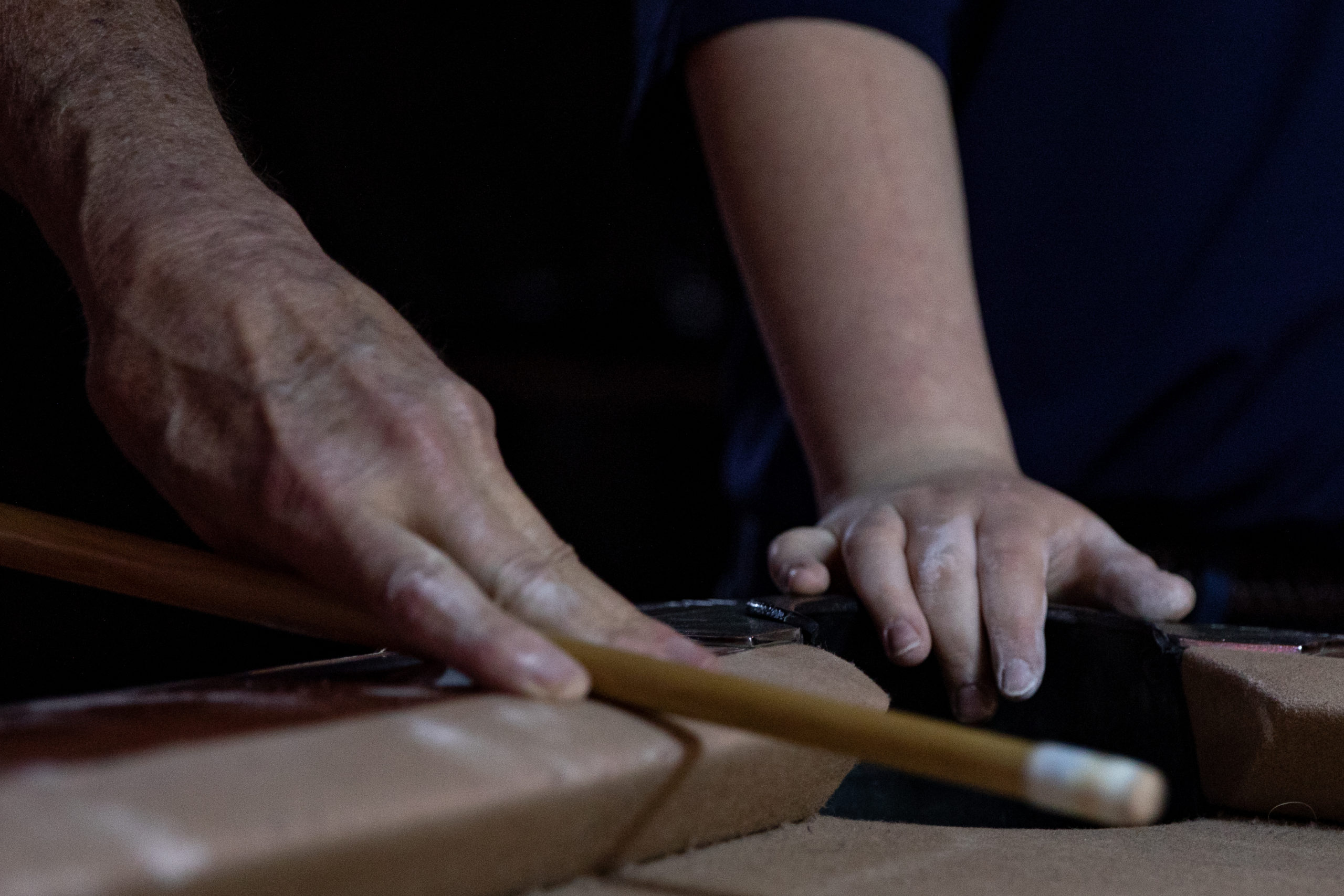

Bob Stone teaches a young boy how to play pool at Deep Cut Tavern on March 31, 2023.
“My husband and I have been going there since the 80s. So, we knew Kristi and her dad and everybody that’s worked there,” Cunningham says. “It’s become a family thing. All of our children and grandchildren go there. So, a lot of times on the weekends we all meet up there together.”
Deep-Cut Tavern is not your average eatery. It has become a place of gathering where one can find friendship, family and the infamous deep-fried hamburger. The legacy of these families and the hard work and passion of creating a homey environment carries on today.
“My dream was just to have a place where everybody in the community could come and hang out, have a meal, one cold drink and know everybody when they walked in,” Rominger said. “That seemed to work.”